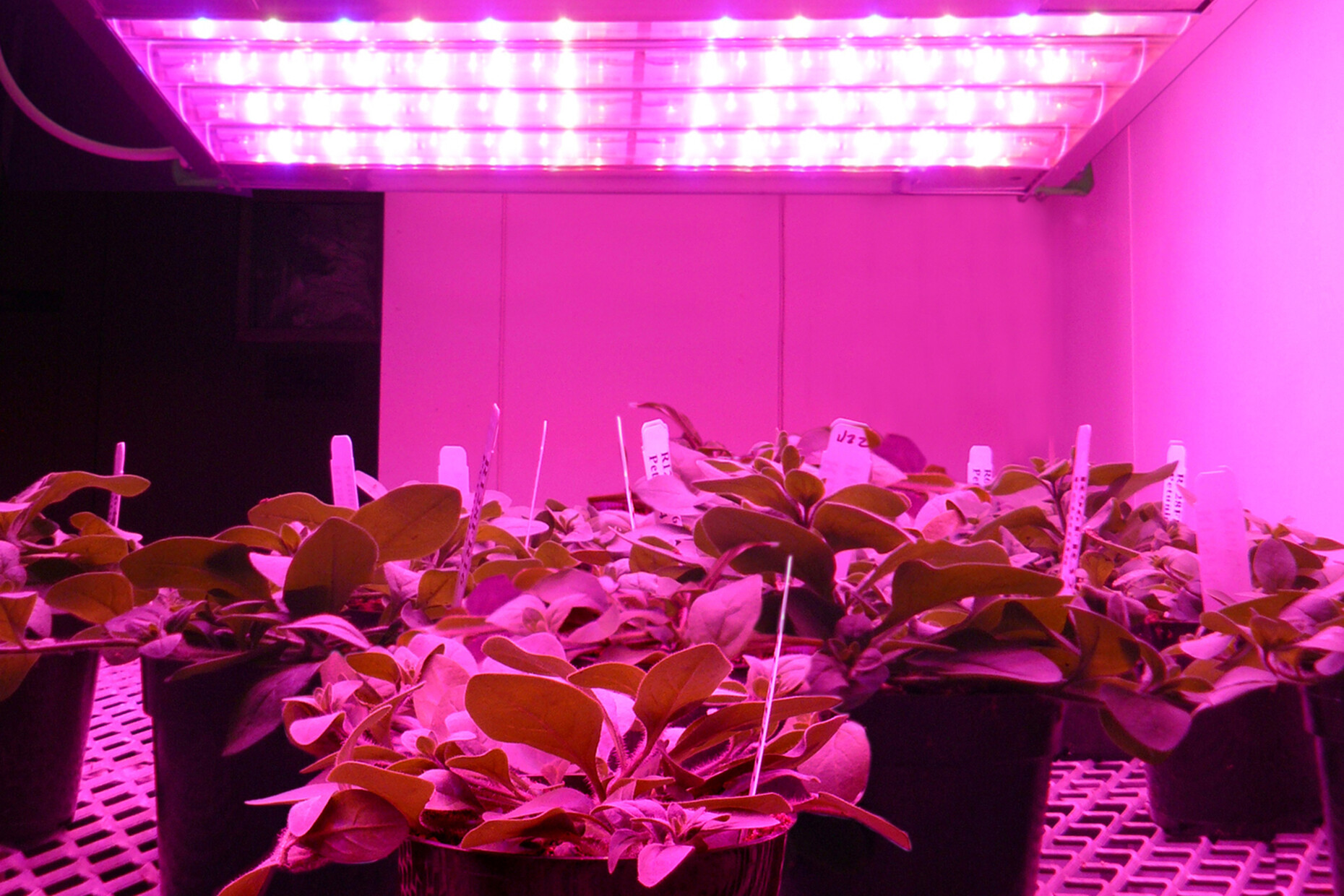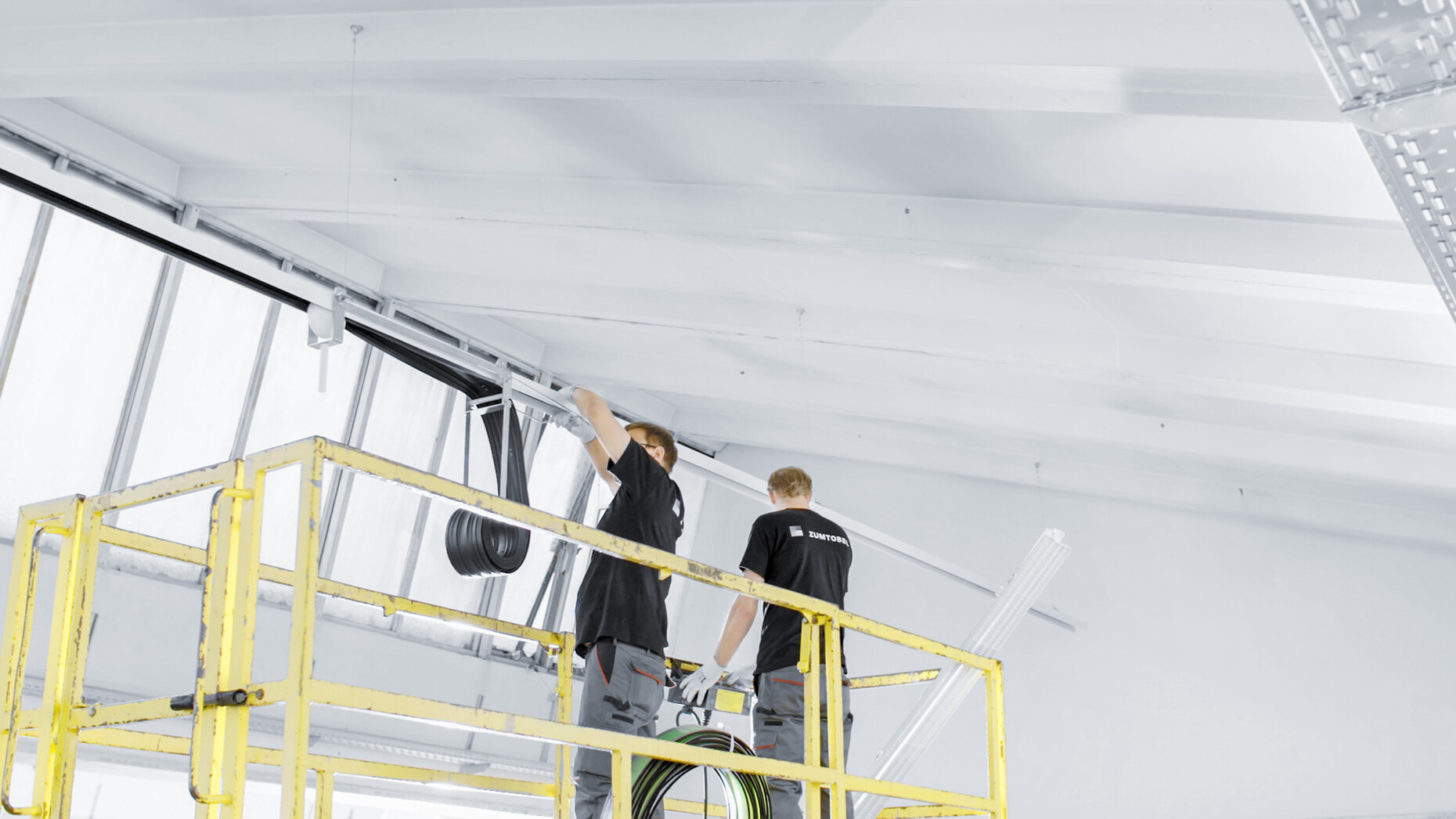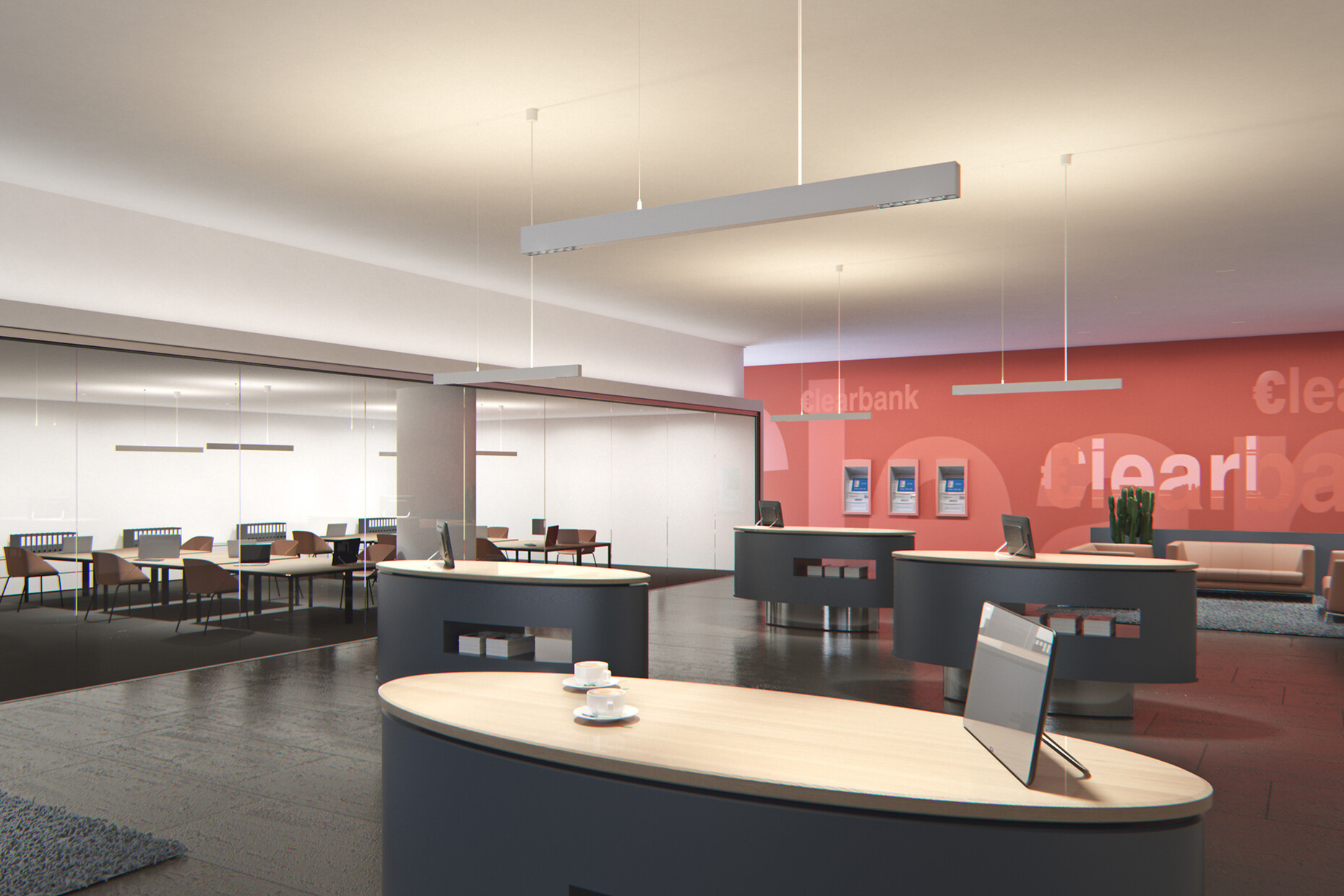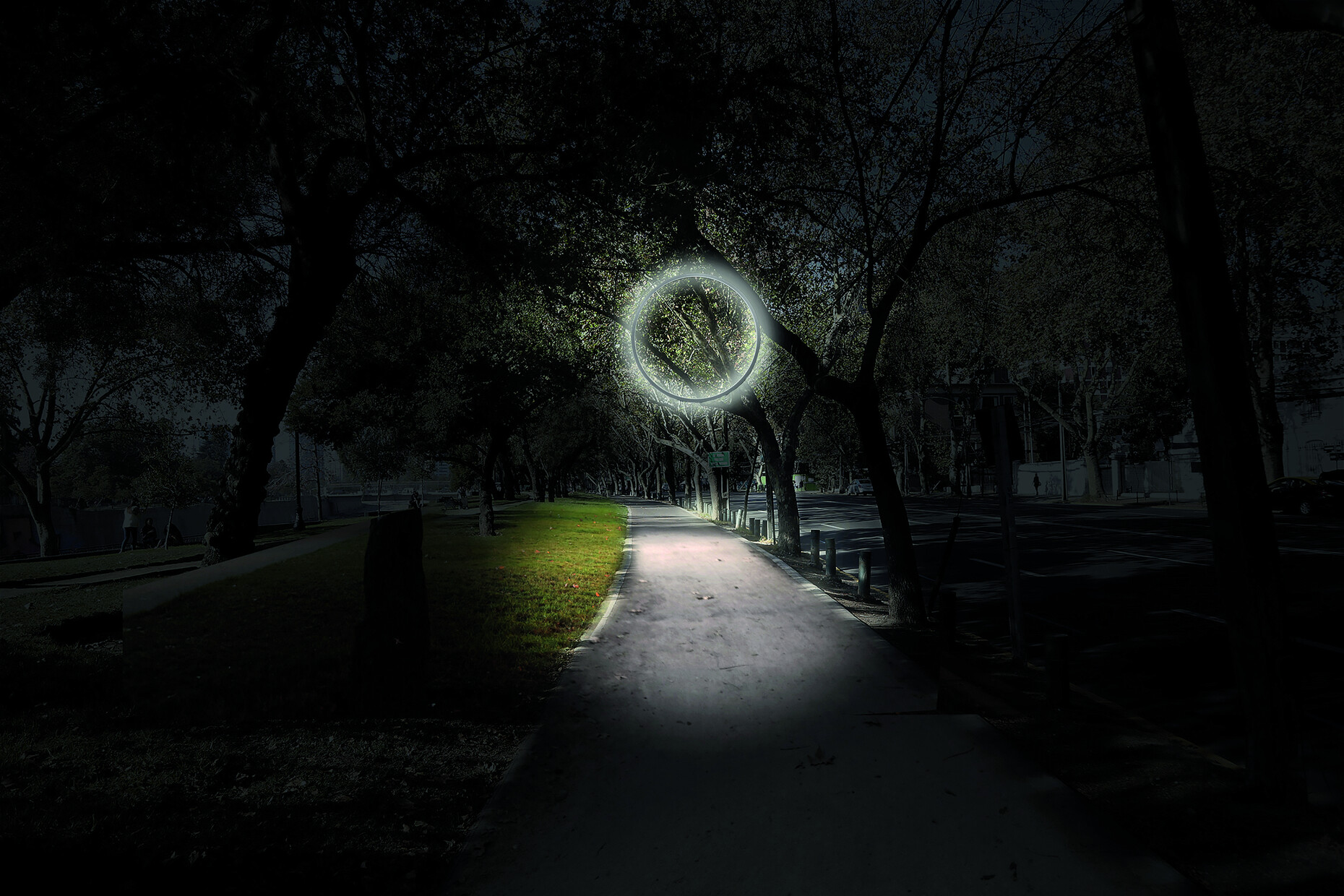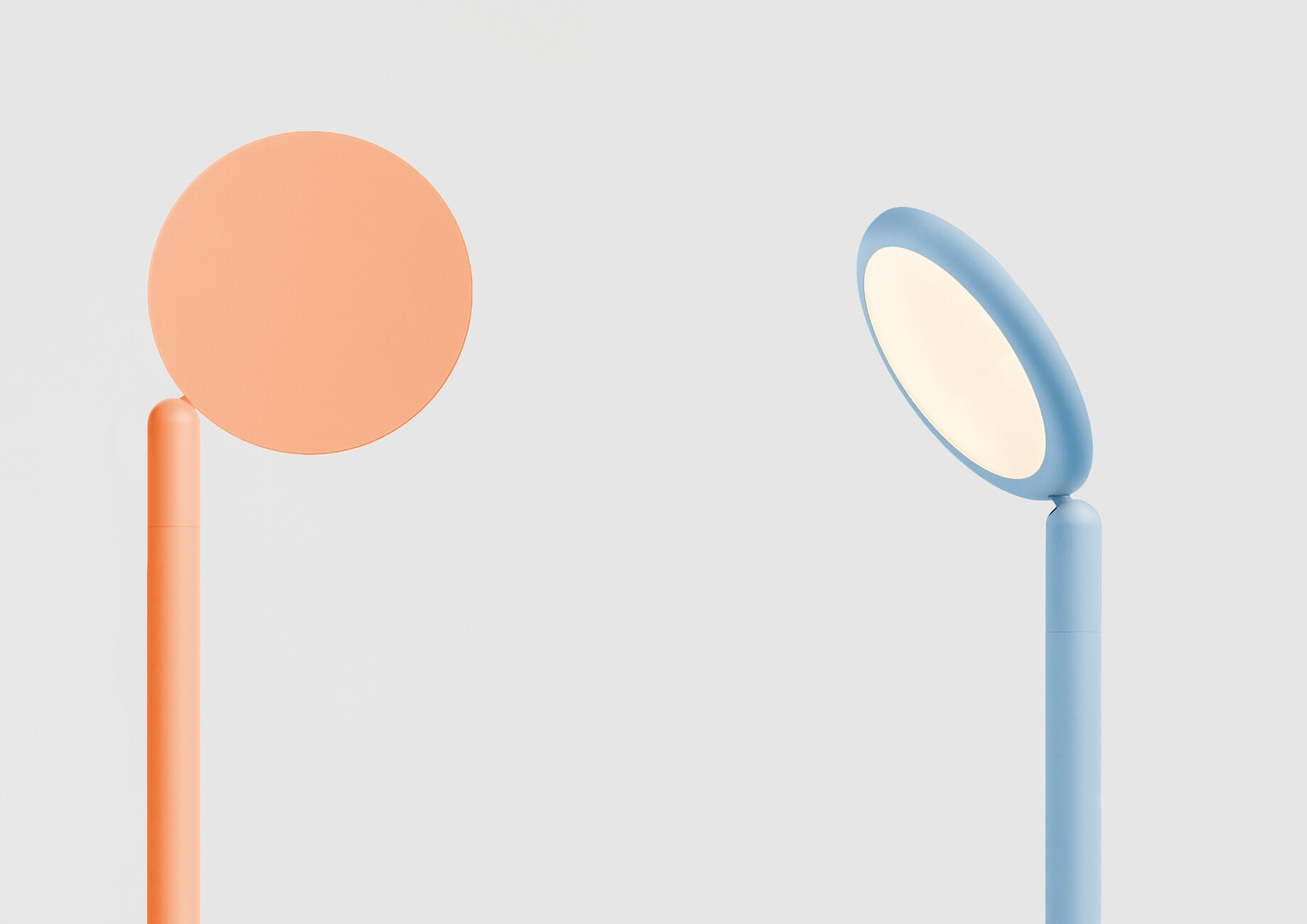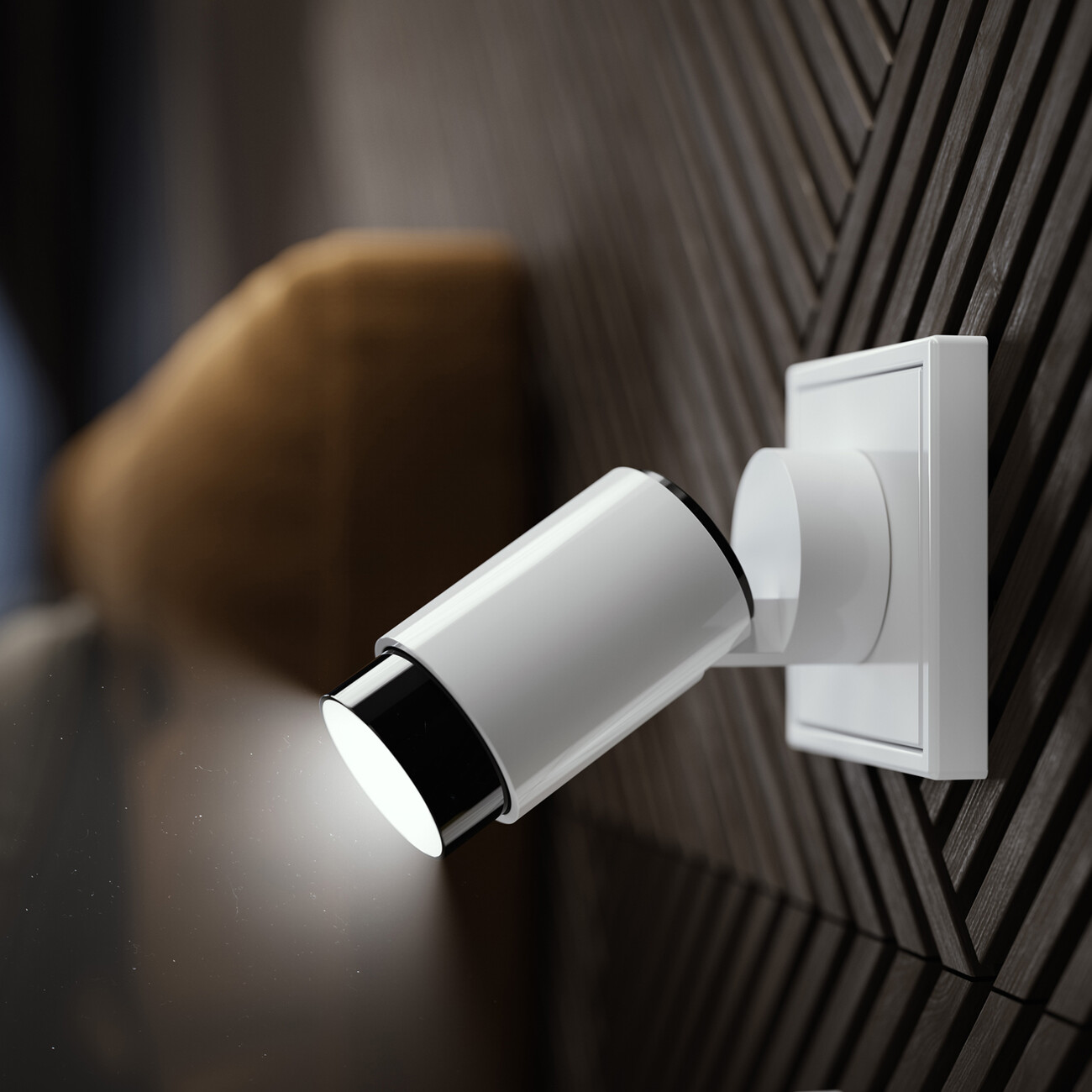LIGHT + BUILDING 2018
Networked lighting
South Korean manufacturer LG Display will be presenting different aspects of its flexible OLED elements “Lufex.” A program of seminars is designed to explain the possibilities offered by this technology, not only pointing out just how beneficial OLED light is to “optical health,” but also highlighting some of the firm’s collaborations to date, with architects or with designer Ross Lovegrove, who has used “Lufex” to produce lighting installations with an organic feel to them. (Agora A30)
After replacing the lighting in the Sistine Chapel in 2014, Osram received a follow-up order from the Vatican and if all goes according to schedule, by the end of 2018 the interior of St. Peter’s Basilica will be splendidly lit by new LED lighting designed to emulate daylight. The advantages of this lighting include not only 85-percent-lower energy consumption, but also conservational benefits, since this light source emits less heat than its predecessors. There is an additional key benefit for lovers of architecture, architectural sculpture and art, as revealed by the first 1:1 tests with the new lighting – fewer hard shadows, so that the more than 20,000 visitors who flock to St. Peter’s Basilica every day get a more detailed view.
Osram is presenting a number of devices with future potential. “Einstone Track & Trace” is aimed at boosting efficiency by entrusting to permanent lighting fixtures tasks including networking and locating movable items such as medical equipment and hospital beds. The purpose of a special “Horticulture Growlight” based on LEDs is to get food production going in urban buildings. (Hall 2.0 B50)
One of the highlights of the Zumtobel stand is “Trinos,” an industrial LED. It combines the flexibility and functionality of a mounting rail system with the durability and robustness of protection class IP65 lighting. One important factor in this is its triple sealing protection. “Trinos’” aluminum profile is shockproof, corrosion and weather resistant. Up to 50 meters of this IP65 strip lighting can be installed in one piece and it comes with a ceiling profile, wiring and a cover on castors. Individual lights are available in sizes ranging from 1.8 through 2.3 meters. The Zumtobel Group has other innovations in the field of networked lighting in a category which it dubs “Lights. Connectivity. Inspiration.” At Zumtobel they talk about “active light” which, unlike the case with earlier standards, can be changed and controlled to suit the user. This is demonstrated on the basis of sample uses for the office, industry, retailing and the fields of art and culture. (Hall 2.0 B30)
Philips Lighting is devoting its trade-fair presence to the possibilities afforded by the interplay of lighting and the Internet of Things. Lighting sources become data points in order “to connect and network more appliances, locations and people with one another.” These include the new outdoor versions of the easy-to-network LED components “Hue,” the “light as service” range LiSA and the LED tube “Master LEDtube Universal T8,” with which Philips tackles the issue of the conventional fluorescent tubes. (Forum 0 A01)
This year Erco, the company that, in many ways, sets the pace for the industry, wants to look bigger and more open. Its innovations include the “Compar” suspended luminaire with two linear downlight modules and an optional uplight component as well as variable light colors. Erco already offers a portfolio of almost 10,000 different serial products, but in future it will also increasingly be offering its customers customized solutions with its new label Erco individual. The company has already specifically developed lighting solutions for such customers as the Louvre in Paris and Abu Dhabi, the Guggenheim Museum in Bilbao, the Reichstag in Berlin and the New York Times Building in Manhattan. These customized solutions rely on the same quality as the company’s serial products. New manufacturing techniques now allow for more flexibility and speed and even encompass 3D printing. The experience and expertise acquired from illuminating architecture for many decades is thus now available to all those customers who want to develop application-specific lighting tools using LED technology. (Hall 3.0 A10)
Kreon first introduced its three systems “Up,” “Side” and “Down” in 1987. “Up” has now been further miniaturized, “Side” now has faceted reflectors by Bartenbach Lighting Laboratory, and there is a new version of “Down” – “Down Ato 80,” in which the surface of the spotlight boasts a gleaming aluminum look. With “Koi-q,” Belux’s family of luminaires “Koi” now features a new, square lamp head. Kreon has three concept studies on show, made of concrete and ceramics and using an additive 3D printing technique, plus handmade glass objects. There is also another study, “Scale” for Belux. (Hall 3.0 B 61)
While many a manufacturer brings just a few new products to Frankfurt, Artemide traditionally unveils no less than a gamut of innovations, from additions to existing luminaire families to extended possibilities for interactive connections between a light-emitting object, its surroundings, and users. The company’s collaboration with Elemental, the Chilean architect Alejandro Aravena’s studio, provides examples of this. His lighting object “O” is intended for public areas of greenery, in which to date the need for safety has resulted in lighting solutions that help banish darkness in urban outdoor areas. Thanks to sensors, “O” will only shine when light is actually needed. Furthermore, “O” breaks away from the formal idiom of traditional post lamps and becomes an everyday design object which, depending on its condition, is at times extremely present, and at the very next moment almost seems immaterial. Aravena and Elemental also break away from traditional luminaires with the cordless “Huara.” The segments of its spherical globe can be controlled individually by touch. Aravena draws a parallel between the first and the most recent “moment in the history of light.” His design takes the abstract celestial sphere into living rooms and melds it with contemporary electronics.
In addition to several other projects, Artemide is showcasing a new design by BIG, the Bjarke Ingels Group. The model “Gople” comes in two versions. Both have a body made of Venetian glass, with white glass merging into crystal glass. There are also metalized versions available. “Gopie” combines these popular effects with a traditional E27 housing, at times with a fixed LED for direct and indirect light. The wave length of the “Gople RWB” (Red White Blue) can be changed, depending on whether there are people moving around in its colored light, or plants growing, whose photosynthesis can be aided by modulated light. (Hall 2.0 B3/31)
Tobias Grau is presenting cordless table (“Salt & Pepper”) and standard lamps (“Parrot”), the latter designed by Timon and Melchior Grau. These new products make it clear that LED technology, which is now well established, entails far greater freedom in terms of design typology. With regard to office lighting, Tobias Grau has additions and new versions such as the “XT-S Flying” suspended luminaire, and the “XT-A Single” and “XT-A Round,” which were conceived with height-adjustable and bench workspaces in mind. The minimalist “Max Touch” glass switch range for operating and dimming LED luminaires via Bluetooth is likewise new. With it, the color of the light and light scenes can also be selected and programmed. (Hall 3.1 A85 + B95)
“Plug & Light” is the name of the light socket invented by Insta. The parent companies Gira and Jung have fitted their switches with the new technology. The companies will be presenting the low voltage 12-Volt light socket at a joint stand in Hall 3.1. In future, an insert will be able to be fitted to standard wall or ceiling sockets that enables different magnetic attachments to be used for different forms of lighting in spaces. The corresponding light units can be rotated through 360 degrees and can be dimmed without flickering. The range initially launched by the manufacturers, which include Brumberg, features different light sources from bedside spotlight and orientation light to compact suspended luminaire. Floodlights and spotlights are available in matching colors and finishes from the Gira and Jung switch ranges. (Hall 3.1 B90)
The system manufacturer Ewo and Stylepark cooperated on the fittings for Jörg Boner’s “Stylepark Architects’ Lounge” for Light + Building 2016. Even then the company from Bolzano in Italy had its own stand at which it showcased its high design standards. Individual products as well as individual parts of the presentation clearly demonstrated how well-conceived and coordinated design makes an impact. This year sees the debut in the form of the Ewo–“A Series” of the third generation of the company’s modular light system. It offers particularly efficient LED technology combined with a range of newly calculated high-performance optics. This enables the realization of an extensive range from the illumination of large outdoor spaces to finely dosed, miniaturized architectural lighting. Miniaturization and the benefits of the Industry 4.0 process were used for the new series, with new potential in terms of design and efficiency “from the planning stage to installation,” notes Ernst Wohlgemut, founder and technical director of Ewo.
Designed by Clemens Weisshaar and Reed Kram, the installation “ewo Photometric Engine” is the focal point of the presentation. This optomechanical light simulator reveals the diversity possible in the configuration of the new “A Series”; around 1.8 billion different light distributions are possible. (Hall 5.0 B30)

